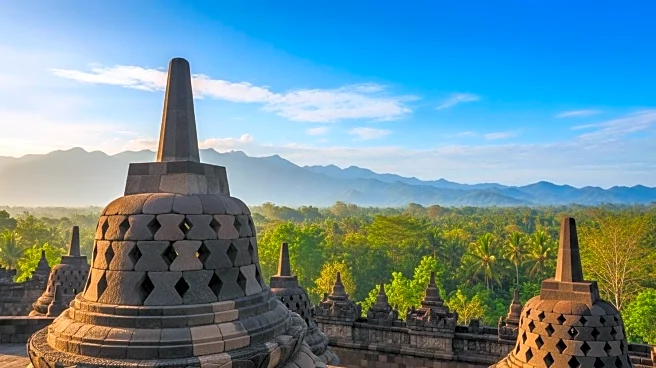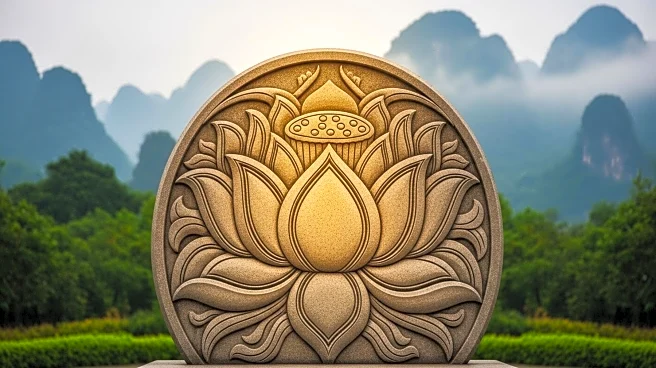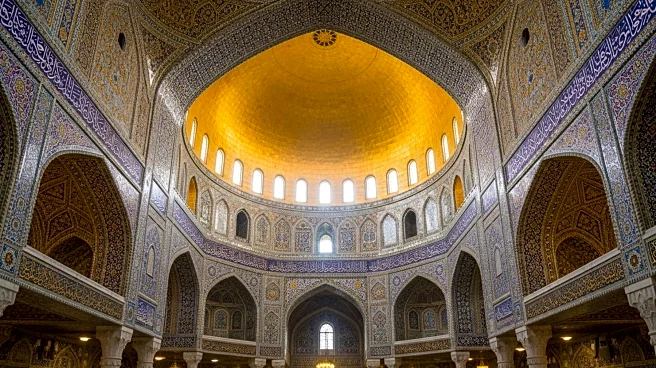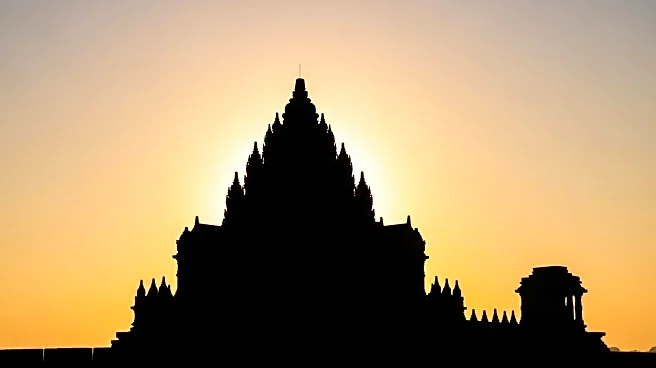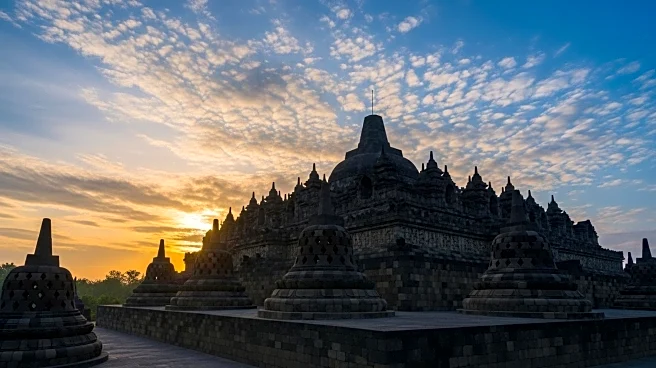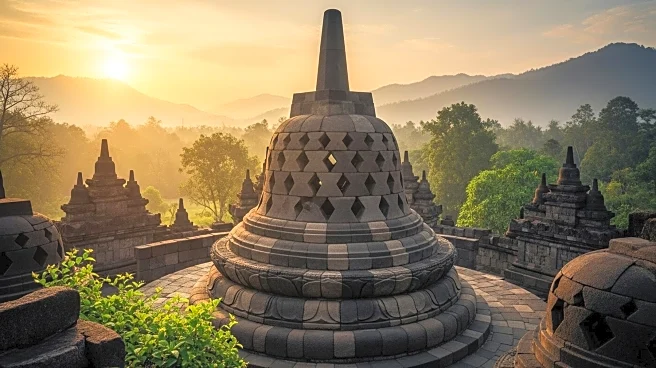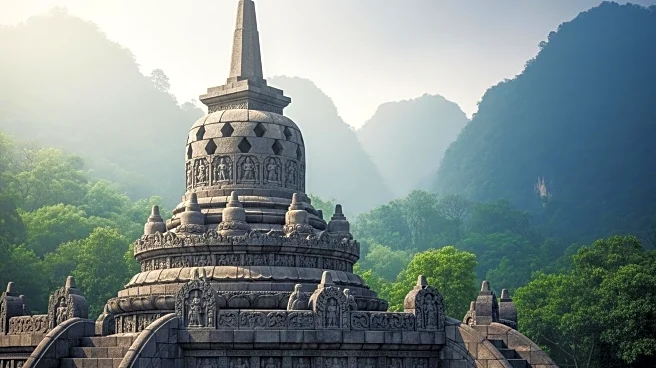Borobudur stands as a testament to the grandeur of Buddhist architecture, being the largest temple of its kind in the world. Located in Central Java, Indonesia, this 9th-century marvel was constructed during the reign of the Sailendra Dynasty. Its intricate design, featuring nine stacked platforms and a central dome, showcases the blend of Javanese Buddhist architecture with indigenous Indonesian traditions. Despite being abandoned in the 14th century, Borobudur's rediscovery by Thomas Stamford Raffles in 1814 marked the beginning of its preservation journey, culminating in its designation as a UNESCO World Heritage Site.
Scope of Legacy
Borobudur's legacy is vast, encompassing its architectural brilliance and cultural significance. The temple's design, with 2,672 relief panels and originally 504 Buddha statues, reflects the zenith of Buddhist art and architecture. Its construction during the Sailendra Dynasty highlights the era's devotion to Buddhism and its influence on Southeast Asian culture.
Pivotal Contributions
The temple's rediscovery and subsequent restorations have been pivotal in preserving its historical and cultural value. The major restoration project completed in 1983, supported by UNESCO, stabilized its foundations and ensured its survival for future generations. This effort has allowed Borobudur to continue serving as a pilgrimage site, particularly during Vesak Day celebrations.
Enduring Influence
Borobudur's influence extends beyond its architectural beauty; it serves as a symbol of Indonesia's rich cultural heritage. As a UNESCO World Heritage Site, it attracts scholars and tourists alike, fostering a deeper understanding of Buddhist traditions and Indonesian history.
U.S. Relevance
For U.S. audiences, Borobudur offers insights into the global spread of Buddhism and the architectural achievements of ancient civilizations. Its status as a World Heritage Site underscores the importance of preserving cultural landmarks, a concept that resonates with efforts to protect historical sites in the U.S.
 Discover Daily • 8 min read
Discover Daily • 8 min read 